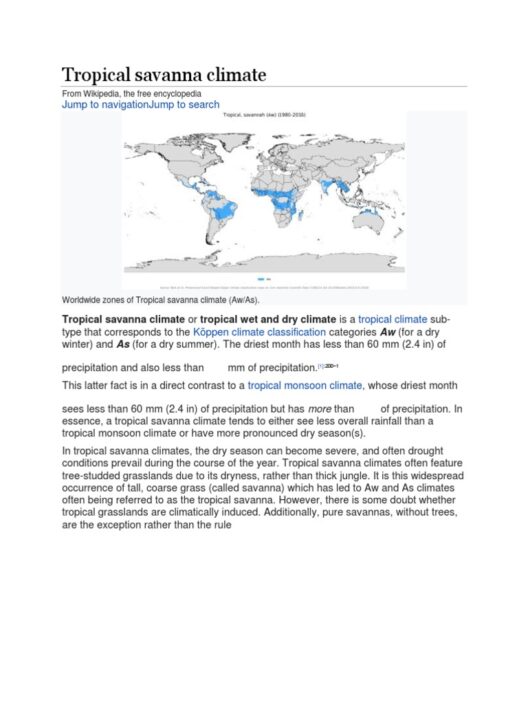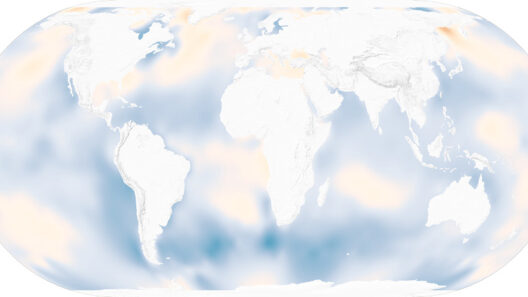In a world where climate change has become a paramount concern, one might ponder: Is it possible to reverse global warming? What if scientists could wave a magic wand and restore the Earth’s climate to a more idyllic state? As whimsical as it sounds, the dialogue surrounding the feasibility of reversing global warming is grounded in scientific inquiry and technological innovation.
To approach this multifaceted question, it’s essential to first understand what global warming entails. Global warming refers to the long-term rise in Earth’s average temperature, primarily due to increasing concentrations of greenhouse gases (GHGs) in the atmosphere. These gases trap heat from the sun, creating a greenhouse effect that, while essential for life, has recently been exacerbated by human activities such as fossil fuel combustion, deforestation, and industrial processes.
This leads us to a critical question: Can we turn back the clock on climate change? The science presents a mixed bag of both hopeful and challenging perspectives. Let’s explore the avenues that researchers and environmentalists are investigating, including carbon capture technologies, reforestation, and renewable energy solutions.
Firstly, carbon capture and storage (CCS) technology is arguably one of the most promising methods for mitigating atmospheric CO2 levels. CCS involves capturing carbon dioxide emissions from sources like power plants before they reach the atmosphere and storing it underground in geological formations. However, while technologically feasible, the scalability and efficacy of this method remain contentious. The cost of implementation is high, and the current global capacity falls short of what would be necessary to make a significant impact.
Next, let’s delve into reforestation and afforestation as two more viable strategies for reversing climate change. Forests play a pivotal role in sequestering carbon dioxide, and restoring degraded ecosystems holds the promise of not only absorbing CO2 but also revitalizing biodiversity. By planting trees and restoring natural habitats, we can enhance the planet’s ability to capture carbon. It’s a win-win scenario that could potentially accelerate climate recovery—if the initiative is undertaken on a massive scale. The challenge, however, lies in ensuring these projects are sustainable and not merely a temporary fix.
Moreover, reforestation efforts can create ecological corridors, promote pollination, and support wildlife, creating a healthier planet. Enthusiastic grassroots initiatives can catalyze change, but these should be supplemented by robust policies and international cooperation to ensure their effectiveness and longevity.
In addition, transitioning from fossil fuels to renewable energy is another crucial piece of the puzzle. Solar, wind, and hydroelectric energy production holds the potential to drastically reduce GHG emissions. Imagine a world powered entirely by renewable resources. Is it an achievable vision? Currently, as more nations invest heavily in these technologies, we’re witnessing a gradual transition that may well set the stage for decarbonizing the energy sector.
Nonetheless, it is imperative to acknowledge the challenges. Transitioning energy systems in both developed and developing countries requires not only technological advancement but also significant financial investment, infrastructural changes, and, perhaps most importantly, societal buy-in. It’s a colossal undertaking, and while incremental progress is being made, it is not occurring at the pace required to meet international climate agreements, such as the Paris Accord.
Lastly, there’s the topic of geoengineering—a controversial and radical approach to climate intervention. Techniques such as solar radiation management (SRM) or ocean fertilization propose methods to reflect sunlight away from the Earth or enhance the ocean’s ability to absorb carbon. While the theoretical frameworks behind these methods are fascinating, the potential side effects and ethical ramifications warrant cautious examination. Would manipulating the climate system invite unforeseeable consequences? Histories of environmental intervention highlight the complexity of ecosystems, suggesting that hubris in geoengineering could lead to more issues than solutions.
It’s crucial to consider our future and approaching climate change reversal collaboratively. The synergy of technological innovation, policy reform, and grassroots activism could serve as an orchestral movement towards climate restoration. Could we engage in an international dialogue resulting in shared technologies and support for developing nations? If the challenge lies in our willingness to act, then the question reshapes itself: Are we committed enough to collaborate and innovate toward a sustainable future?
In closing, the question of reversing global warming does not harbor a simplistic answer. While scientific advancements offer tantalizing glimmers of possibility, the solution demands an expansive approach incorporating technological, ecological, and societal dimensions. The path may be fraught with challenges, yet it is a path worth treading, as the alternative may invoke devastating consequences for future generations.
As we grapple with this existential conundrum, one thing becomes abundantly clear: collective action, driven by informed engagement and sustained commitment, embodies our best chance at not merely slowing but potentially reversing the tide of climate change. Let’s embrace the journey and confront the challenges head-on, for our planet’s future rests on the precipice of possibility.







